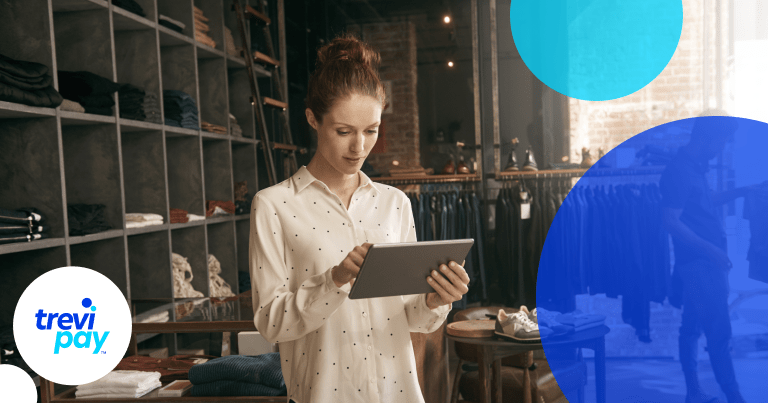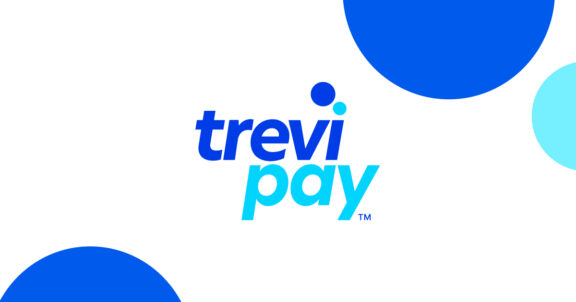TreviPay’s Jeff Coppolo recently sat down with PYMNTS Digital Shift video podcast to discuss building stickiness with the B2B buyer. Here’s a summary of their conversation.
Buyers have seen how the interactions between consumers and merchants in business-to-consumer (B2C) eCommerce have been optimized, and they now want the same customer experience in B2B.
“The expectation of the buyer is just like that of a consumer — they’re sky high,” TreviPay’s Chief Revenue Officer Jeff Coppolo told PYMNTS recently, “and we’ve got to produce a payment system and a payment experience that is very Uber-like in the B2B world.”
“It’s one seismic shift reshaping B2B eCommerce,” he said. And it’s a challenging one, given that payments in the space are far more complex than on the consumer side — involving extra steps around underwriting, back-end reconciliation and settlement.
“There are traditional processes within the B2B payments world and transaction world that all need to be sort of automated and digitized — and that’s all happening,” Coppolo said. “There are many companies moving into the space, TreviPay included, trying to solve for all that complexity.”
Going Global, Changing Distribution Channels
A second shift is that B2B eCommerce is going global. Buyers from other countries, too, are looking for a frictionless payment experience.
“So, it’s one thing to create great B2B payment experiences in your home country; you also need to be able to do this thing on a global scale,” Coppolo said.
The third shift Coppolo has seen is that distribution channels are changing. Sellers looking to increase their margins want to get closer to their buyers, and they’re doing so by developing marketplaces and creating eCommerce websites to sell directly to the end consumer.
“All of that brings in all the traditional things that go with eCommerce — all those challenges,” Coppolo said.
Looking Forward
Sellers that meet the demands of these three shifts have an opportunity to add customers, engender loyalty, create stickiness and build a competitive advantage over other businesses that aren’t as forward thinking around B2B payment experiences.
To create a good customer experience in B2B eCommerce, sellers need to start with the fundamental understanding that credit cards aren’t always the best financing option. For larger transactions and frequent recurring purchases, trade credit is far more desirable. If businesses can have 45 or 60-day net terms to pay, they’re likely to increase their order values and buy more often.
Businesses also want to pay with purchase orders and be invoiced. They need the rich data that comes with an invoice so that their finance departments can easily reconcile the payment with their back-end business software.
“So, being able to offer trade credit as a payment method and also to initiate an invoice that reconciles with back-end systems are critical pieces within the B2B payment space,” Coppolo said.
In line with the shift to global eCommerce, companies should also aim to do so on a global scale.
Read the full article on PYMNTS.





